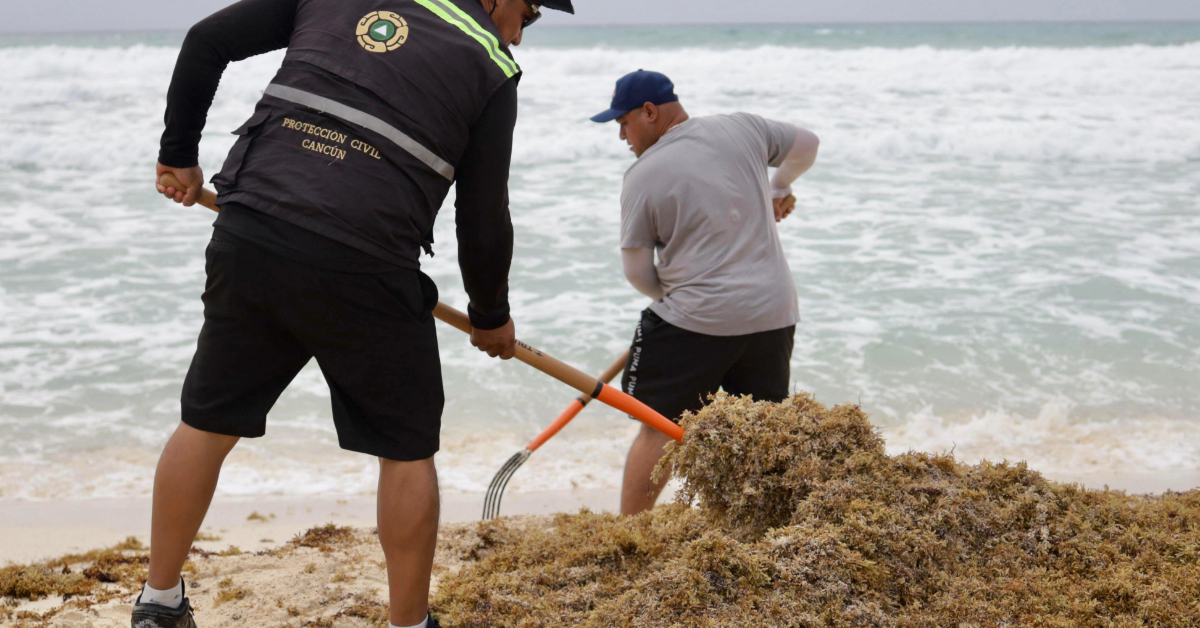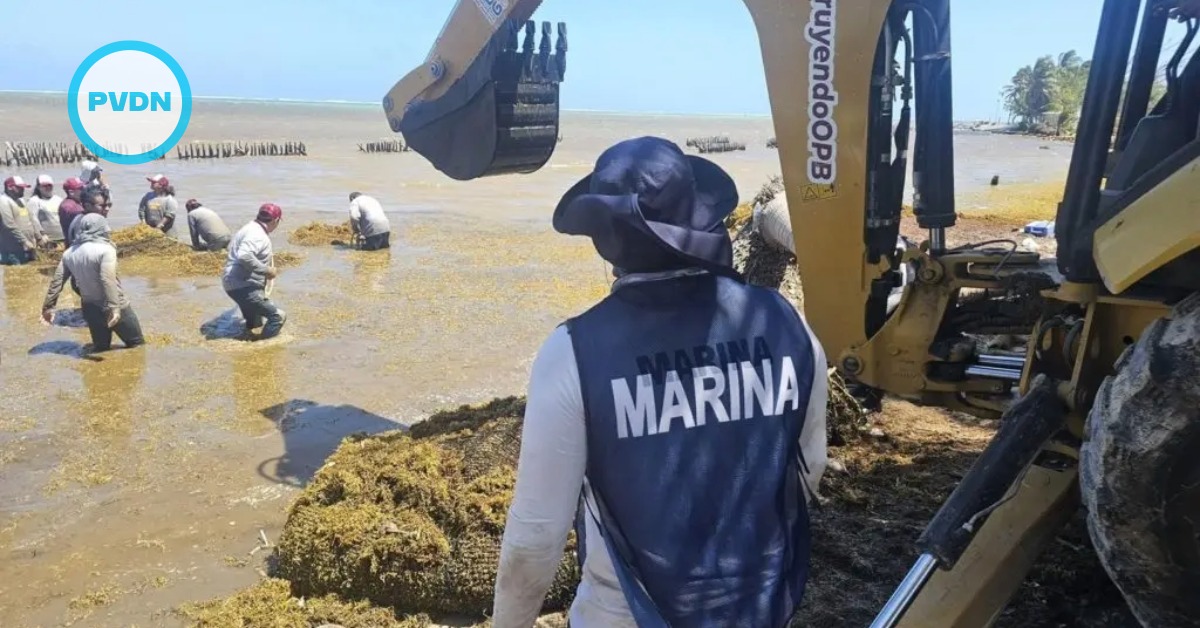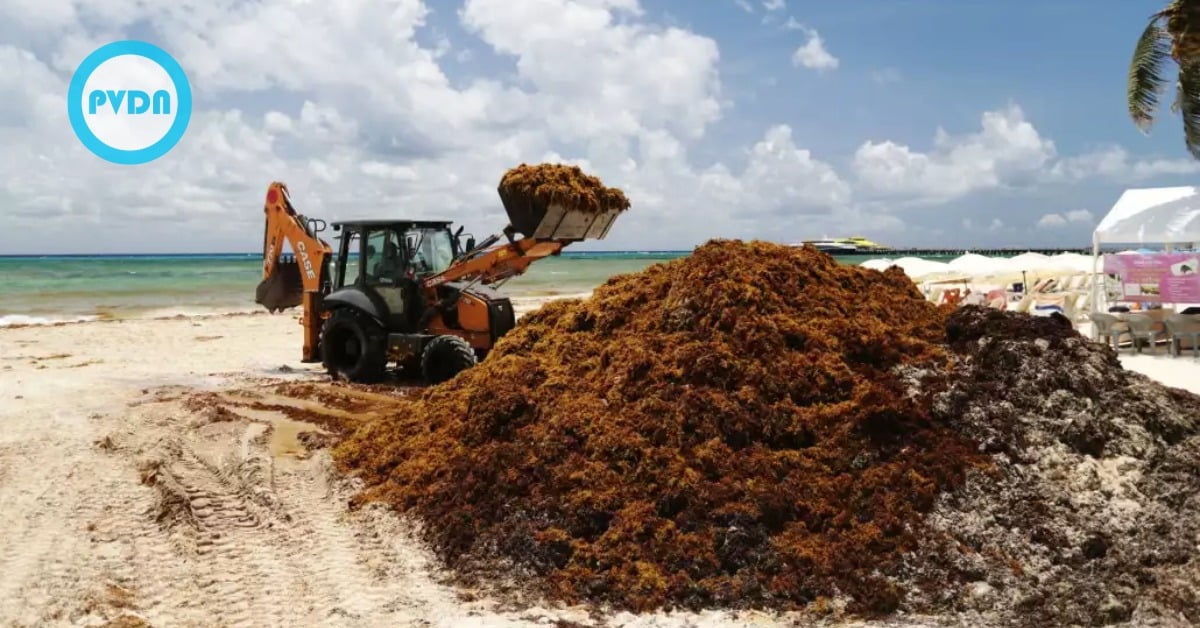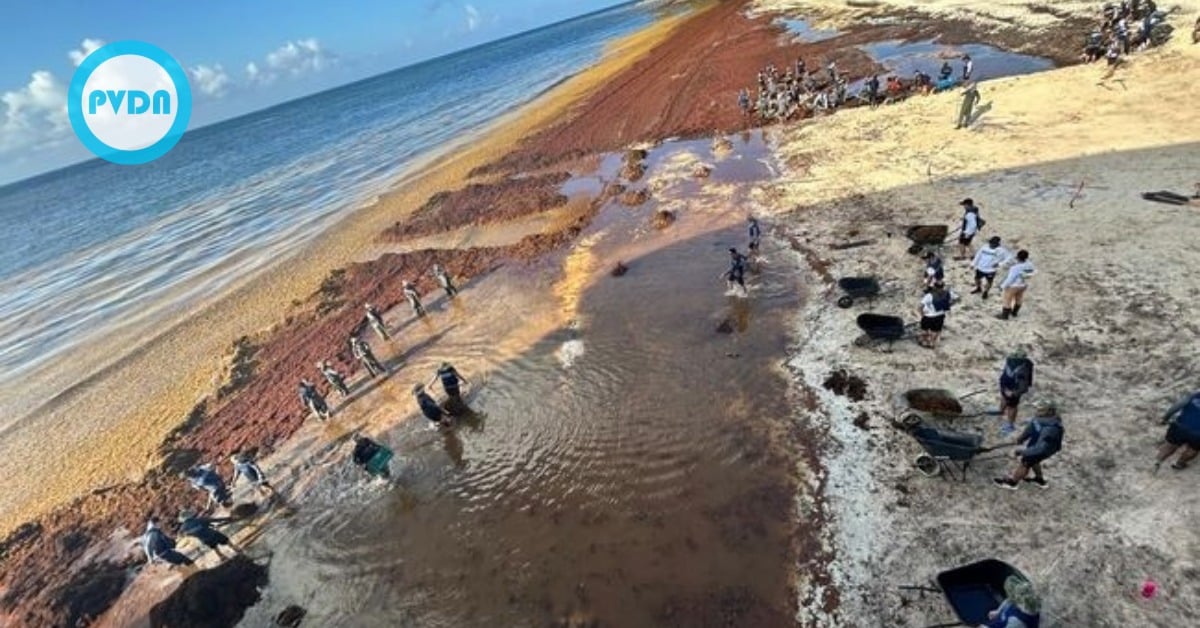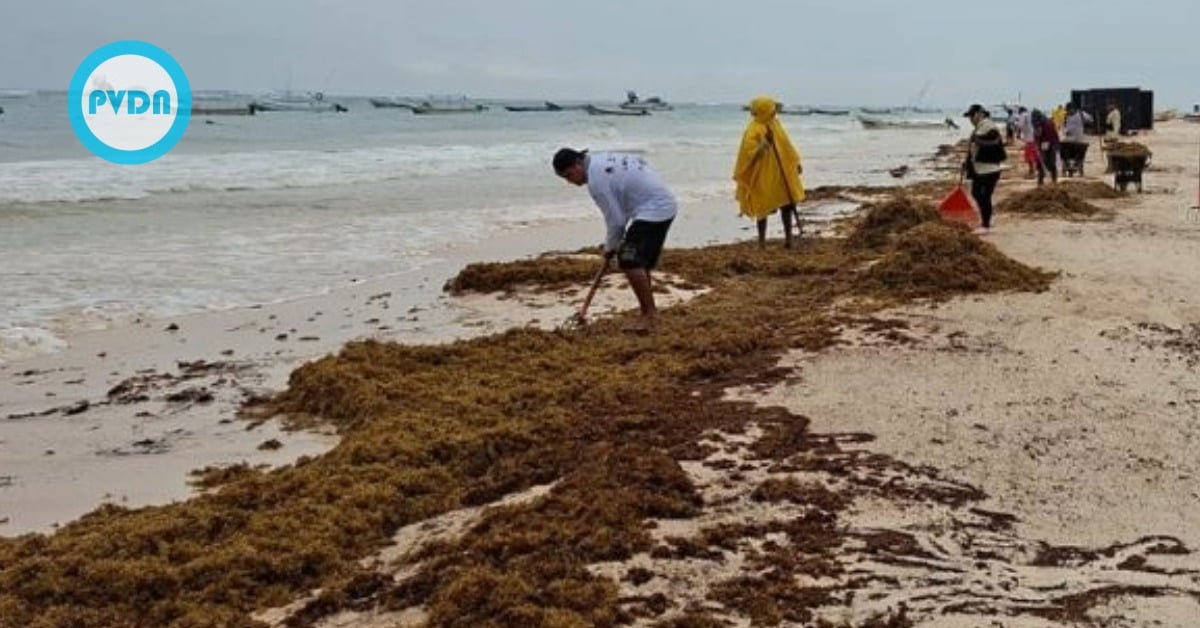After a week of the Cancun’s tourism department denying sargassum existed and insisting media photos were fakes, over 600 public servants and volunteers joined the first simultaneous beach cleanup.
In a bold step toward environmental preservation and tourism sustainability, Cancun's Municipal President Ana Paty Peralta led the city’s first simultaneous beach cleanup effort this week. Stretching across 12 kilometers of coastline from Playa Delfines to Playa Gaviota Azul, the event brought together more than 600 public servants from 14 municipal departments, as well as volunteers from local communities and civic . . .


